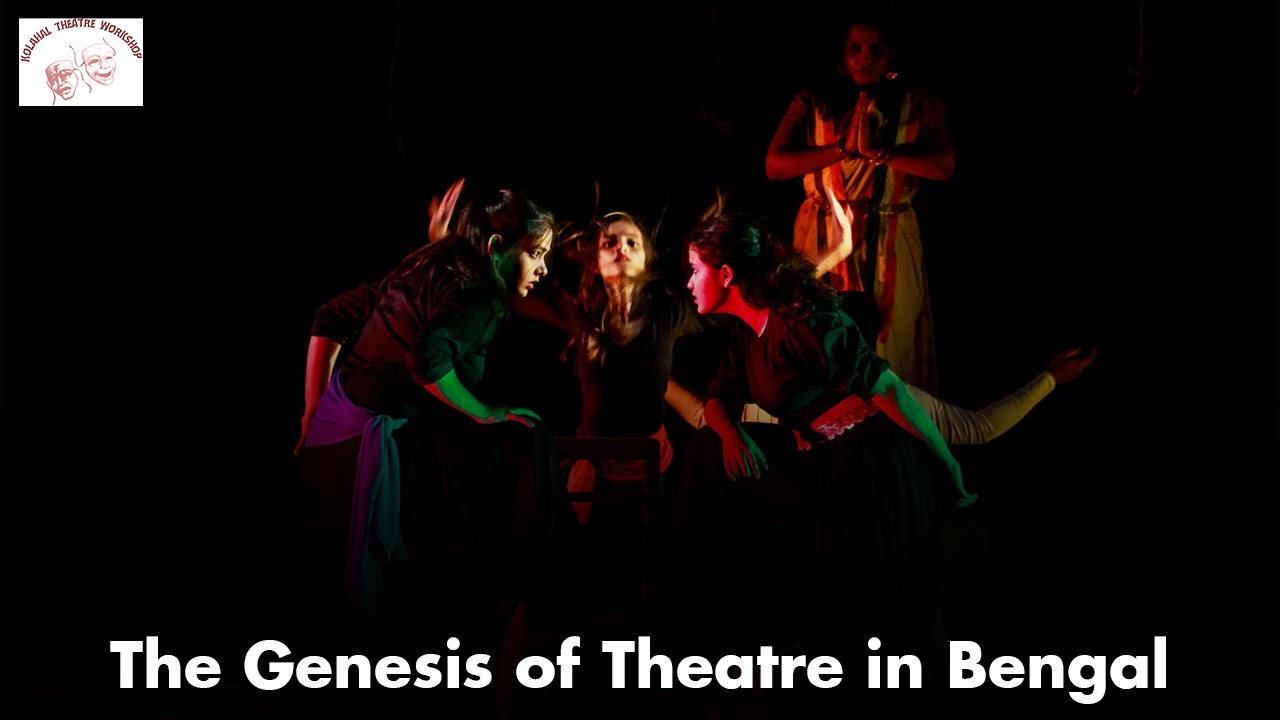The Influence of the European Renaissance on Plays
Introduction
The European Renaissance, spanning roughly from the 14th to the 17th century, was a period of great cultural, artistic, and intellectual revival. This era, rooted in the rediscovery of classical philosophy, literature, and art, profoundly influenced the development of European drama and theatrical performances.
Revival of Classical Antiquity
One of the most significant impacts of the Renaissance on plays was the revival of classical antiquity. The works of ancient Greek and Roman playwrights such as Sophocles, Euripides, Aristophanes, Plautus, and Seneca were rediscovered, studied, and emulated. This reintroduction of classical texts provided Renaissance playwrights with new structural models, themes, and characters, leading to the birth of new genres and the reinvigoration of old ones.
Humanism and Character Development
Renaissance humanism, which emphasized the value of human potential and achievements, had a profound effect on the development of characters in plays. Playwrights began to focus more on complex, multi-dimensional characters rather than the archetypal figures common in medieval morality plays. This shift is evident in the works of playwrights such as William Shakespeare, whose characters like Hamlet, Othello, and Lady Macbeth exhibit a depth of psychological complexity that was unprecedented.
Themes of Individualism and Secularism
The Renaissance was a time of burgeoning individualism and secularism. These themes began to appear more frequently in plays, reflecting the changing values of society. Instead of focusing solely on religious and moral allegories, playwrights explored themes such as love, power, ambition, and betrayal. This broader thematic scope allowed for more diverse and engaging storytelling.
Innovations in Dramatic Structure
The influence of classical structures led to innovations in the dramatic form. The five-act structure, modeled after the works of Roman playwrights, became a standard framework for Renaissance plays. Additionally, the use of soliloquies and asides, which allowed characters to express their innermost thoughts directly to the audience, became a hallmark of Renaissance drama, adding layers of meaning and emotional depth.
The Rise of Professional Theatres
The Renaissance saw the rise of professional theatre companies and the construction of permanent playhouses, such as The Globe Theatre in London. These developments provided playwrights with the means to produce and stage their works regularly. The professionalization of theatre also led to improved standards in acting, set design, and production, enhancing the overall theatrical experience.
Influence of Italian Renaissance Theatre
Italian Renaissance theatre, particularly the commedia dell’arte tradition, had a considerable impact on European drama. Commedia dell’arte was known for its improvisational style, stock characters, and use of masks. This influence can be seen in the works of playwrights across Europe, who adopted similar character types and comedic elements in their own plays.
Conclusion
The European Renaissance was a period of profound transformation in the arts, and its influence on plays was particularly significant. By reviving classical antiquity, emphasizing humanism, expanding thematic content, innovating dramatic structures, and professionalizing theatre production, the Renaissance left an indelible mark on the world of drama. The plays of this era laid the groundwork for modern theatre and continue to be celebrated and performed today for their artistic and cultural significance.




